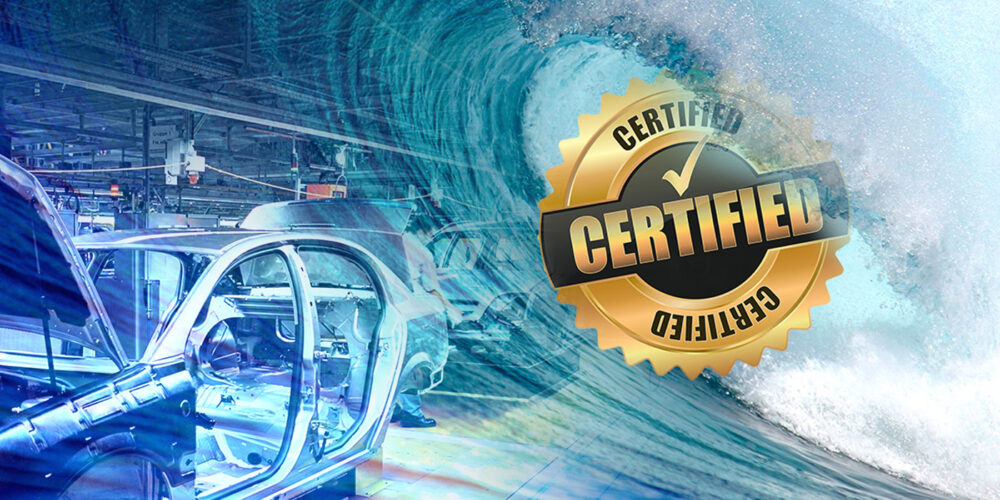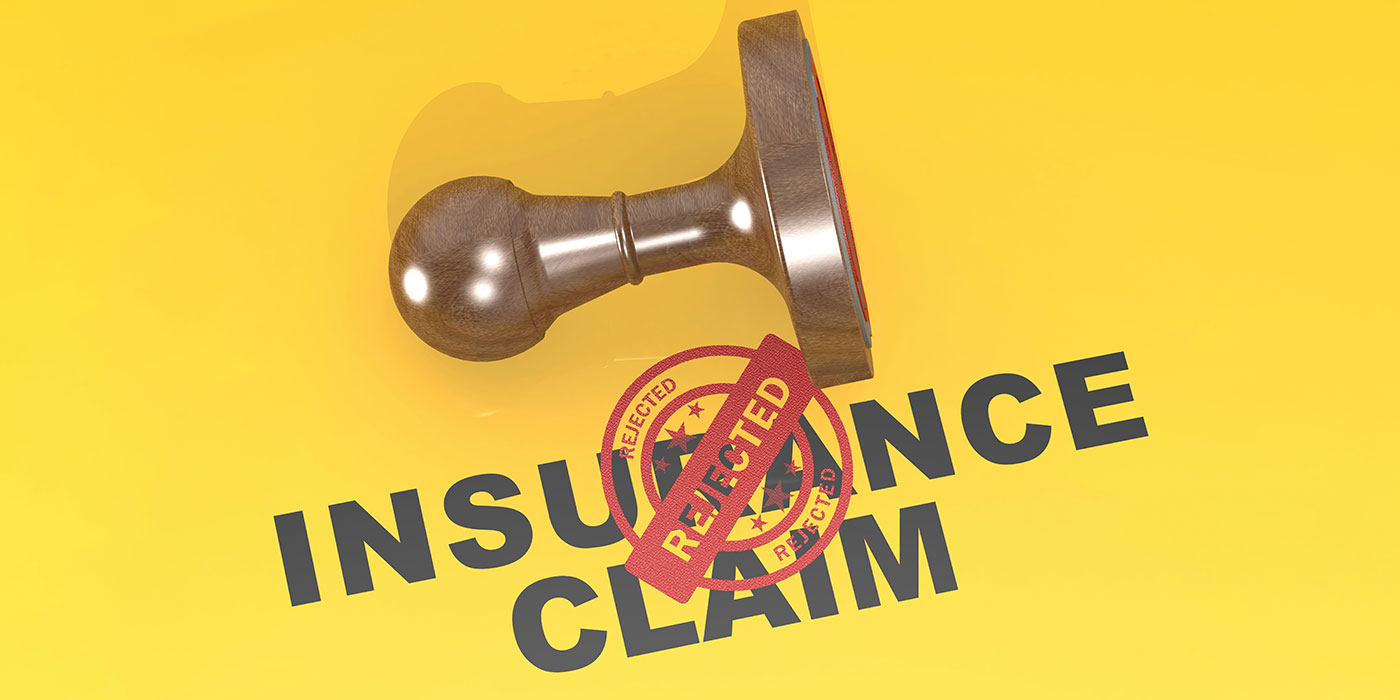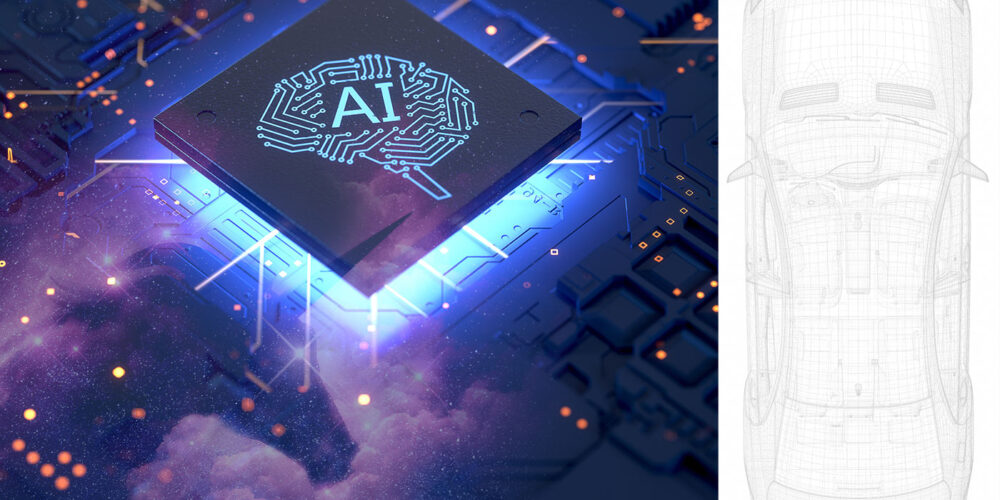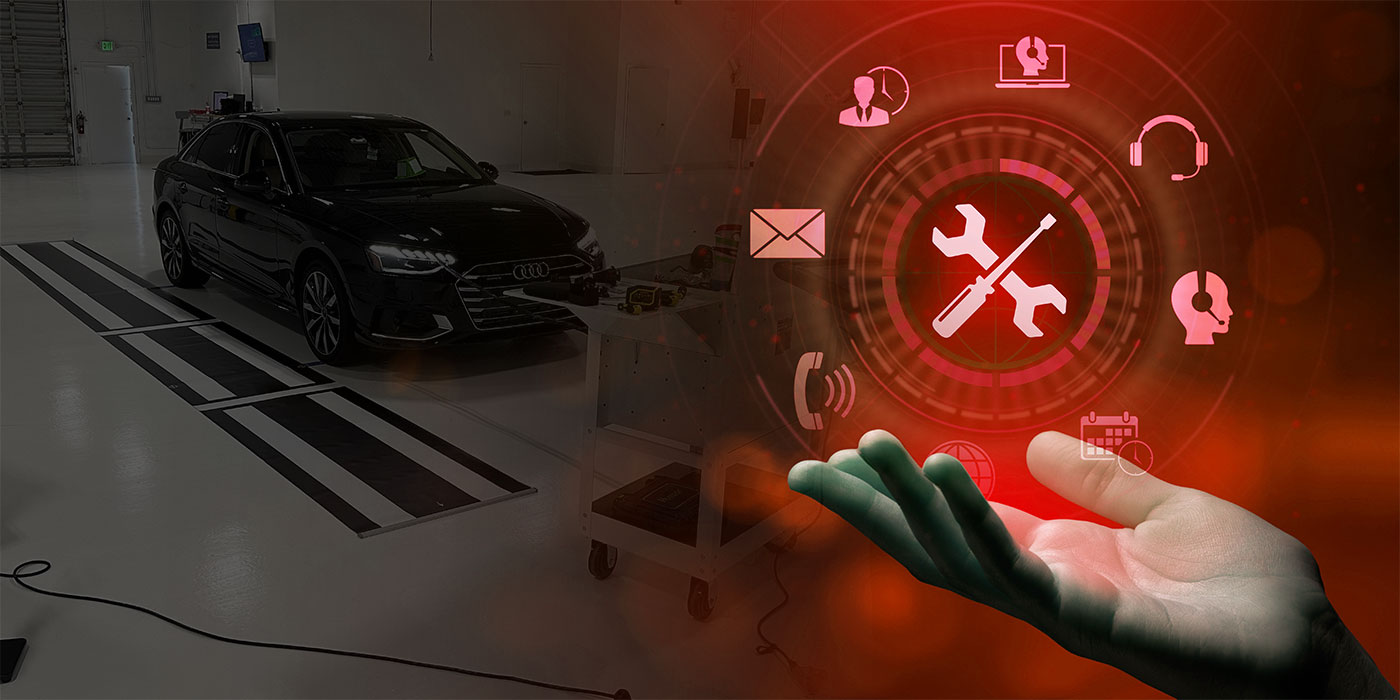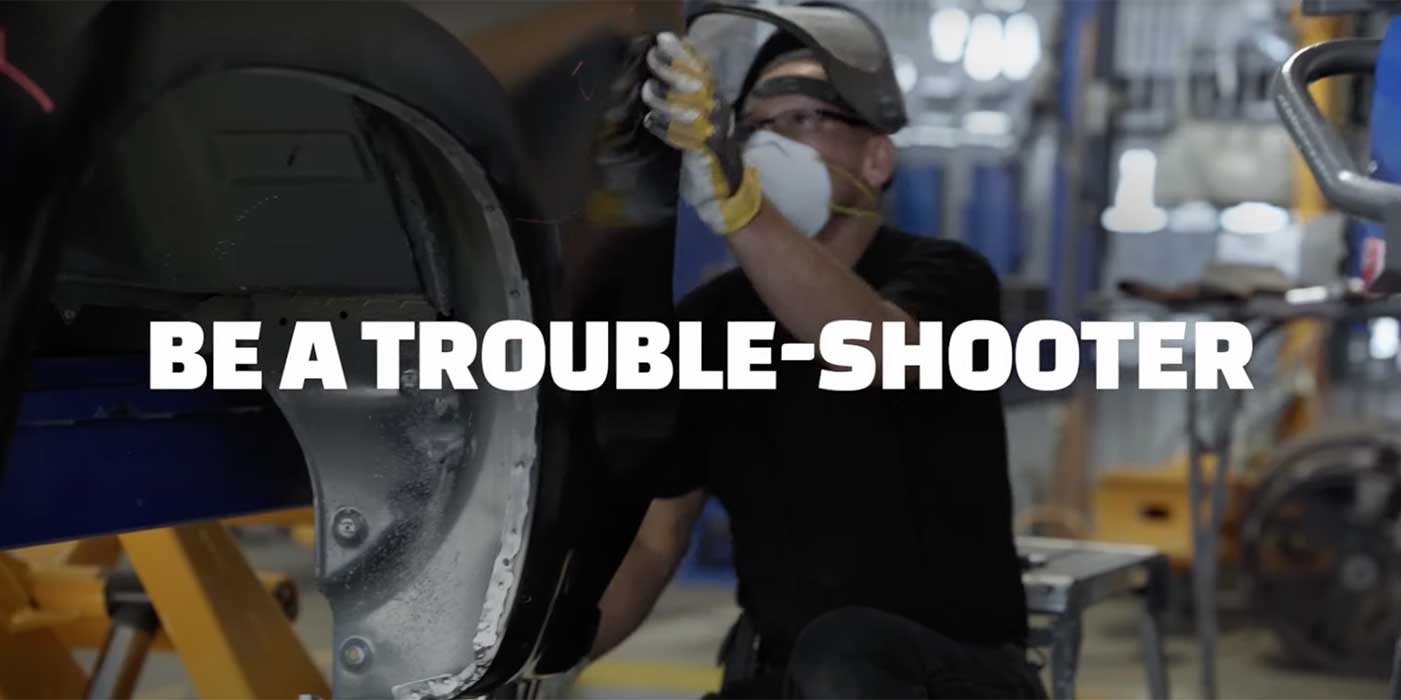OEM certification programs have grown in numbers in recent years due to automakers taking more of a vested interest in the collision repairs of their vehicles. The OEMs know that 60% of people who return their car to an auto body shop due to an issue related to a collision repair will sell or trade that car in a year. And of those, 63% will switch to a different make of vehicle. Therefore, brand loyalty is at stake.
Today’s vehicles feature an amalgam of different substrates and lots of electronics, requiring more training and tooling than ever before to ensure that these computers on wheels are repaired properly. OEM certification ensures that a shop has the training, tools and access to OEM repair procedures, which greatly increases the chances of a good repair experience for the consumer and reduces a shop’s liability.
Collision repairers have debated the merits of OEM certification programs for many years. Is it worth the investment? Am I guaranteed more cars in the door? Will I be able to charge a higher labor rate per hour due to my increased investment and expectation of a return on investment? What about dealers who don’t understand the value in a repair by an OEM-certified facility? And what about the ugly world of bribes where a local body shop that isn’t OEM-certified will offer dealer personnel financial incentives for referrals?
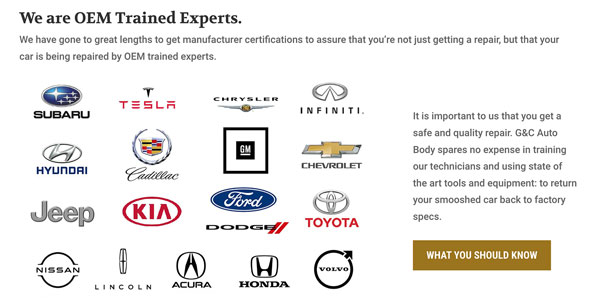
In the end, despite any reason you may come up with to not become OEM-certified, you have to look at it as the right thing to do: for you, your employees and the customer. Collision repair facilities can no longer “wing it” and fix cars the way they want to; they must follow the automakers’ recommended guidelines. Should you MIG weld it? Weld bond it? Adhesive bond it? Spot weld it? Are you looking up the procedures? Maintaining your welder? Conducting destructive weld tests? There’s a reason the OEM engineers of the vehicle have published repair recommendations: for the safety of the consumer, quality of repair and extension of vehicle life and maintaining car value. One no longer needs to hear those two ugly words (John Eagle) to understand what’s at stake if you do not follow OEM protocols: someone’s life, your reputation, your livelihood and the livelihood of your employees.
OEM-certified collision repair facilities have the proper tooling, equipment, training and access to OEM repair procedures to ensure the repair is done right. Consumers who patronize a certified facility can have the confidence that their repairs will be to OE specs and their vehicles will be returned to pre-accident condition to ensure their value is maintained and their safety and the safety of their families are ensured. Smart body shops will market this distinct advantage and competitive separator heavily; with the kind of investment OEM certification requires, why wouldn’t you? Also, with the market heavily consolidating, OEM certification could be what distinguishes you from the pack. Or … if one day you decide to sell, it could be one of the factors that makes you an attractive acquisition.
There’s one thing we haven’t mentioned yet about OEM certification that is huge: that it might become the new direct repair program (DRP) model, or, as collision repair consultant Mike Anderson (CollisionAdvice.com) calls it, “steering on steroids.” OnStar already suggests local GM-certified body shops to a customer who has experienced an accident. Other OEMs are rolling out subscription-based apps that will influence where vehicles are going to go. There will be two types of subscription-based programs: Software-as-a-Service (SaaS) and vehicle ownership. SaaS allows users to connect to and use apps via the cloud. For example, drivers can sign up for heated seats or navigation. With vehicle subscription programs, drivers pay a monthly fee to swap out cars. Anderson said many luxury brands, such as BMW, Cadillac, Lexus and Volvo, have rolled out programs where insurance and maintenance costs are included and only certified shops can fix the automobiles.
“There is going to be a paradigm shift where OEM referrals are going to start influencing where vehicles are going to go because of subscription-based apps,” Anderson said.

